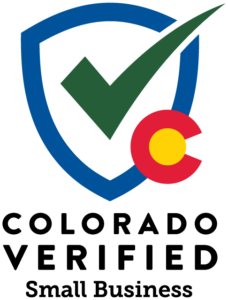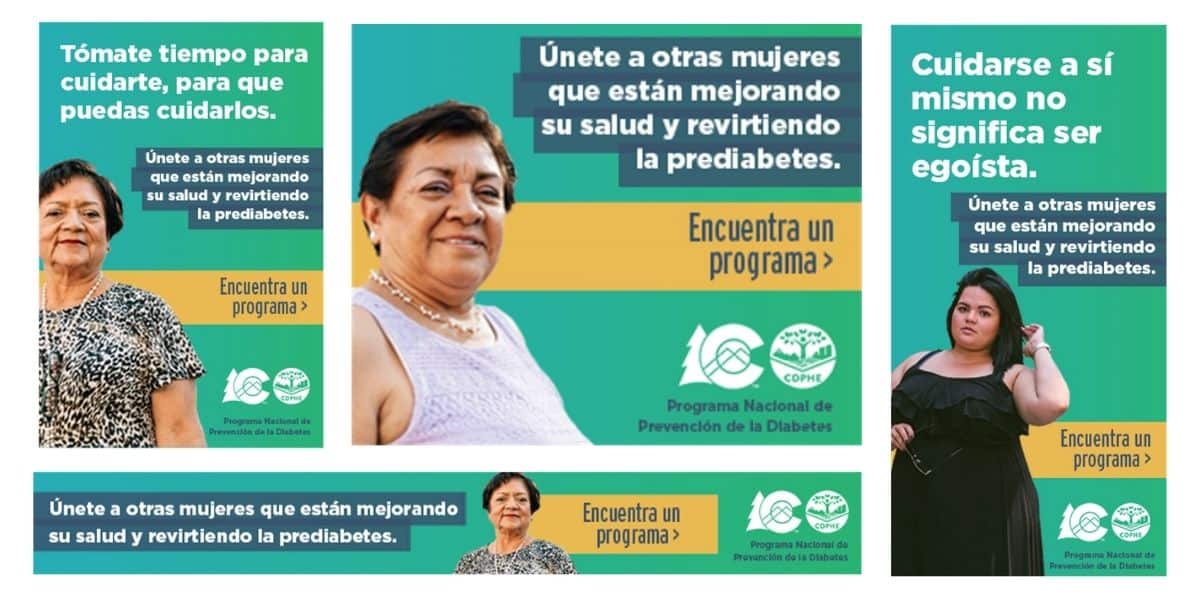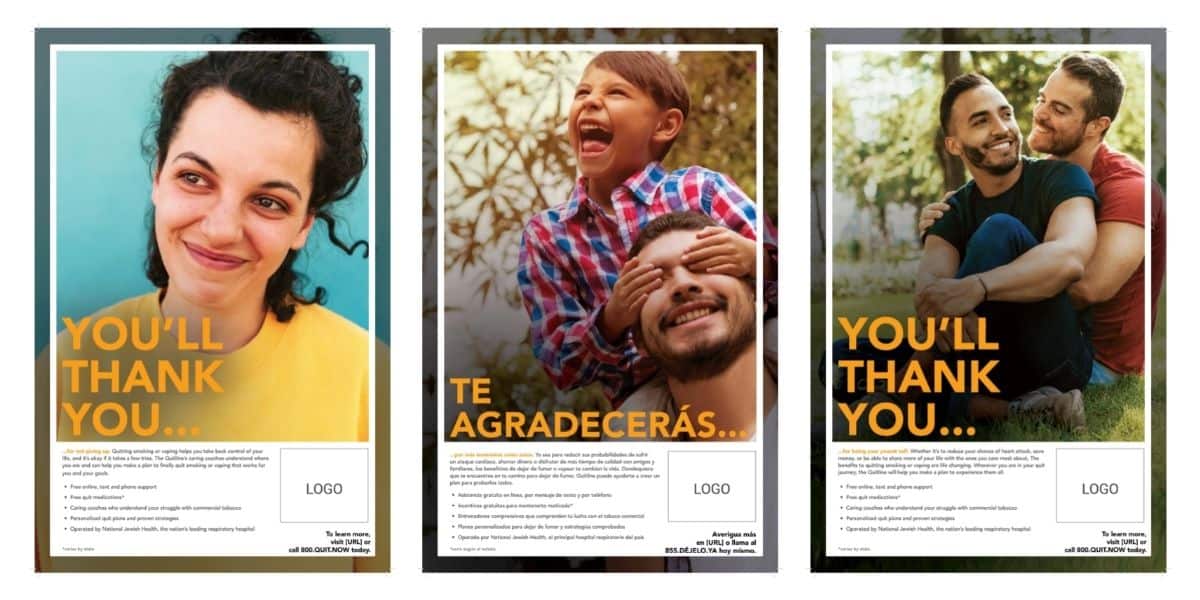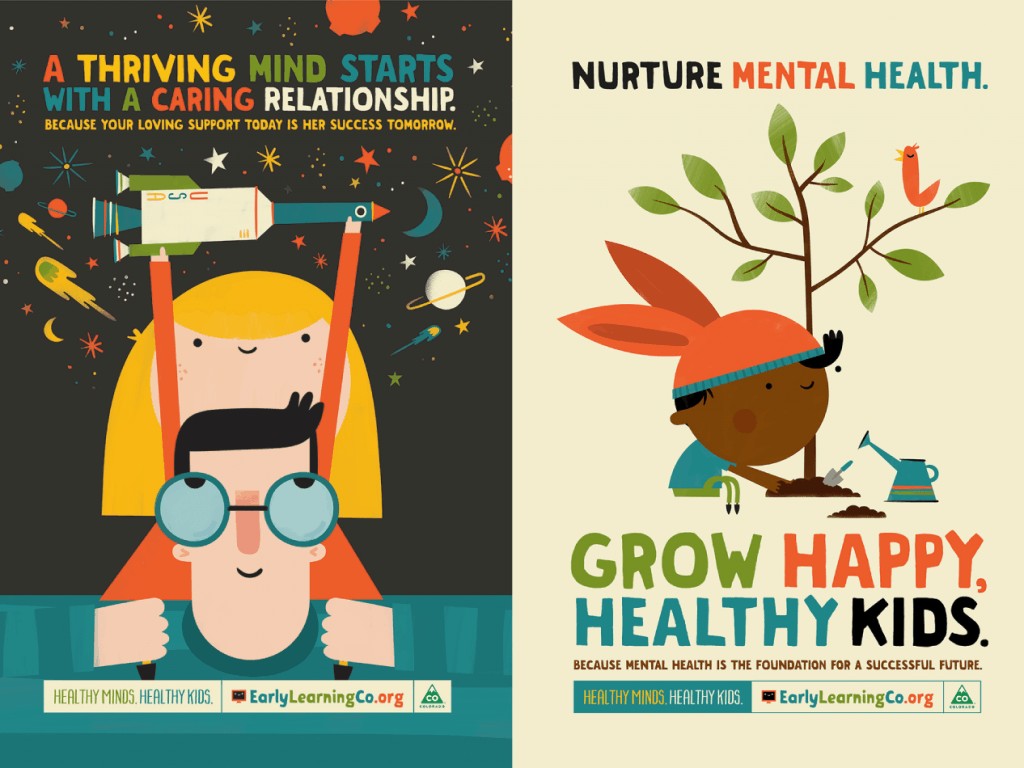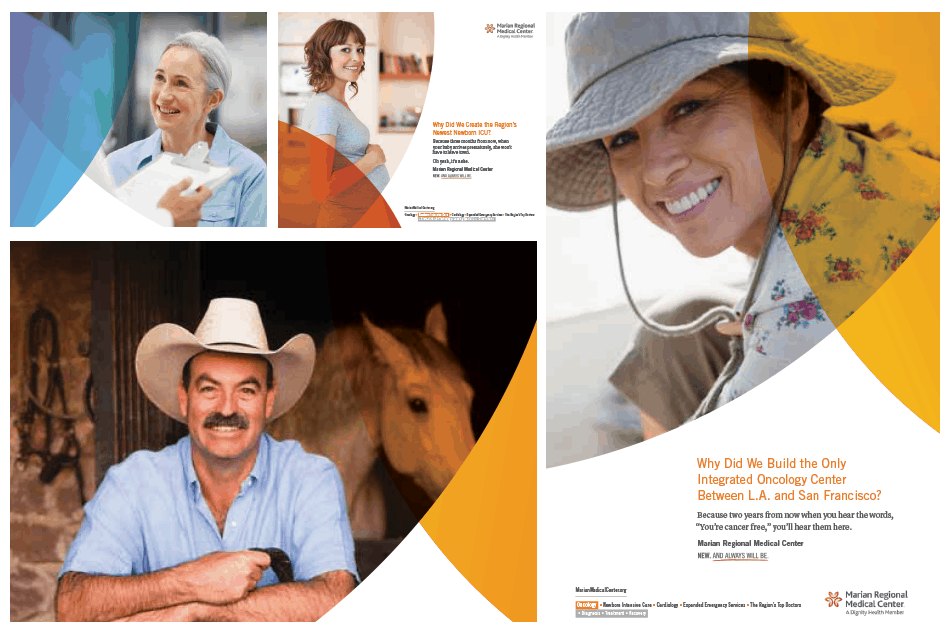
In the Chronicle of Philanthropy, writer Michael Anft considers the sustainable value achieved through large-scale awareness efforts, such as the ALS Foundation’s ice-bucket challenge.
He notes a growing belief that while such efforts may be effective at increasing awareness about a problem, they may do little to achieve long-term solutions around an issue.
“Beyond the concern that awareness-oriented campaigns deflect attention and money away from solving real problems, some researchers have begun to conclude that such drives provide mostly short-term financial benefit without doing much lasting good, either for a cause or the organization that pushes it.”
An additional concern around such efforts should be the degree to which the organization is prepared to leverage its results.
Charities are often eager to get out there and start to raise awareness about their organization or cause. They believe the readers and viewers they reach will, of course, become volunteers, advocates, donors and champions.
Many soon confront the reality that their initial bump in awareness did not ultimately result in a larger network of engaged supporters.
To a great degree, it’s what happens after the initial blast that matters, as organizations seek to leverage that early awareness into action. That means having a plan and infrastructure in place to engage people.
In this regard, fundraising nonprofits can learn from advocacy campaigns that use a variety of tools to connect and engage their networks.
The Colorado Trust’s Project Health Colorado started with a broad awareness campaign that directed people to a centralized online hub. Visitors were provided with a range of options for finding out more about health reform issues.
It wasn’t just message-driven copy and downloadable materials they found. People could engage by asking questions, making suggestions, voting on solutions and sharing information with their social networks. Those online engagement options were paired with a range of offline strategies including street-team outreach at large community events and neighborhood block captains.
So, before launching an awareness campaign, organizations need to consider what happens next. Think of it as a busy interstate: Once people are on, you need to tell them where to go and provide them with a variety of locations to visit and activities in which to participate.
As the American Cancer Society’s Vice President Hilary Noon told Anft in the Chronicle, “Awareness needs to lead to engagement to be worth anything.”

